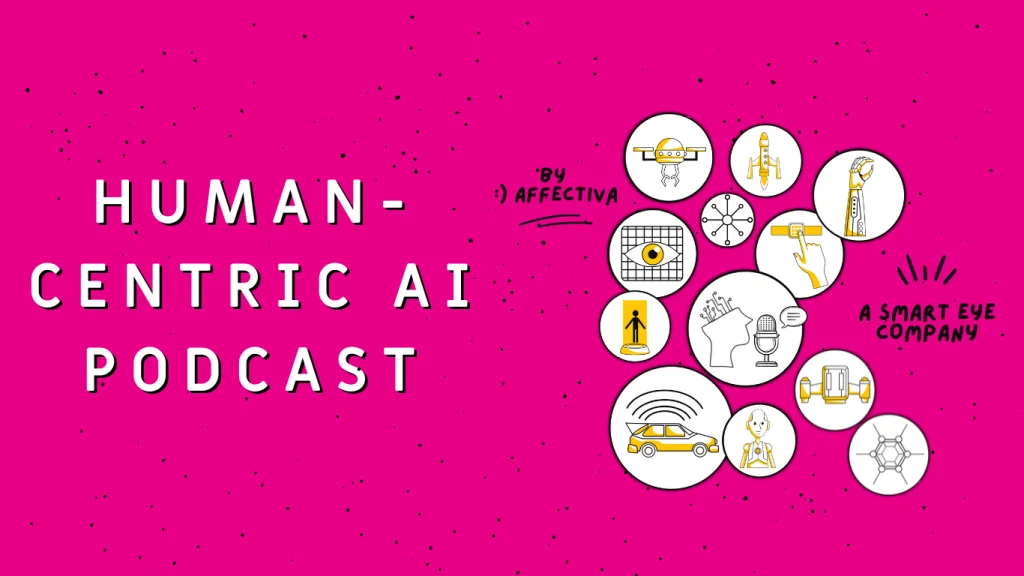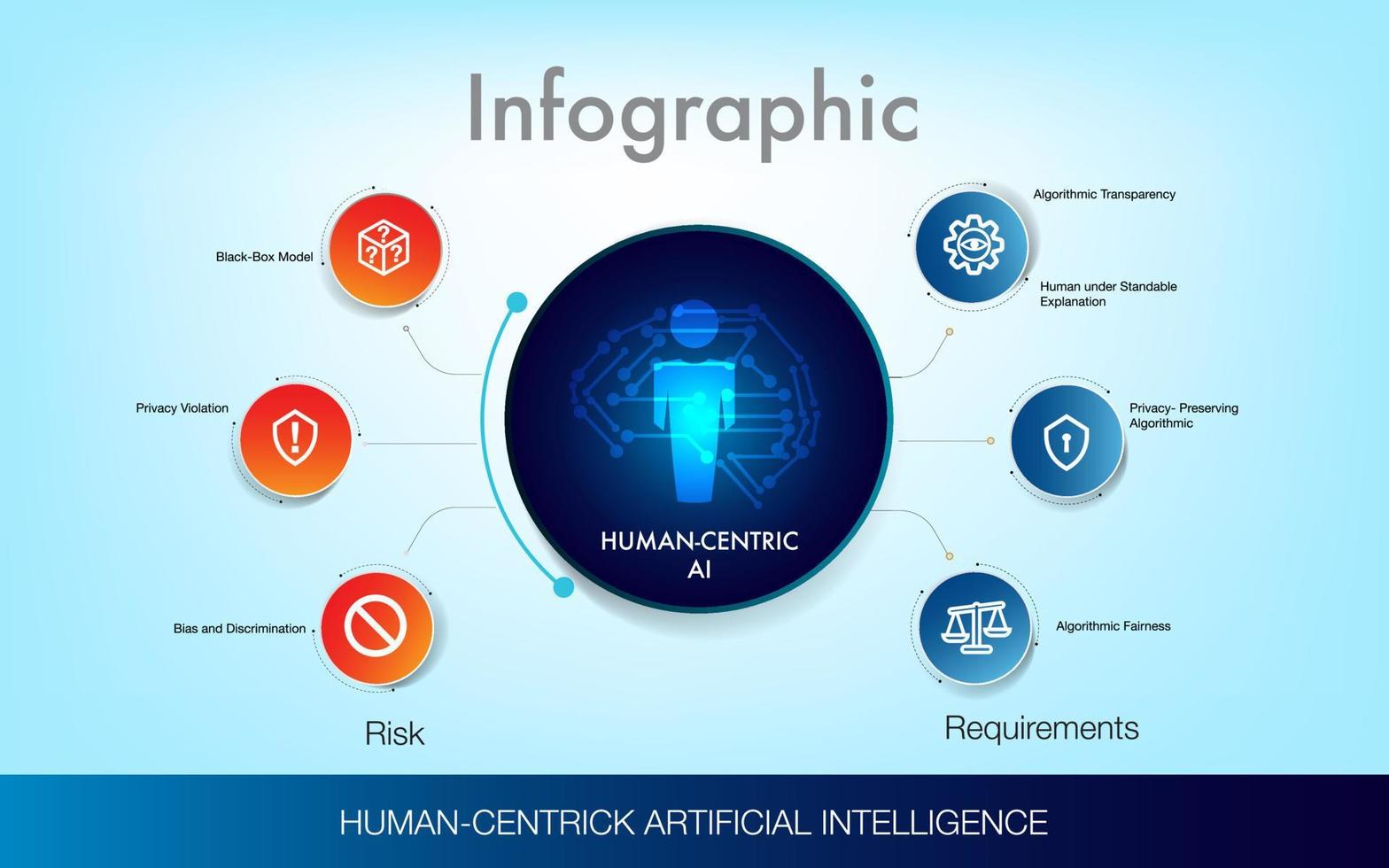Human Centric AI as a Driver for a Much More Empathetic and comprehensive Culture
The focus has actually moved in the direction of human-centric AI, which aims to create systems that focus on inclusivity and empathy. This introduction explores the value of human-centric AI in boosting inclusivity, fostering empathy, and ultimately serving as a stimulant for a more equitable and harmonious future.
The Value of Human-Centric AI
The value of human-centric AI depends on its capability to prioritize the requirements and wellness of individuals, cultivating a much more empathetic and comprehensive culture. Standard AI systems have actually concentrated mainly on effectiveness and performance, frequently overlooking the human component (human centric ai). With the development of human-centric AI, there is a change in the direction of creating systems that take into account the special requirements and choices of people.
By putting people at the center, human-centric AI aims to develop modern technology that is more intuitive, versatile, and responsive. This strategy acknowledges that AI must be a tool to improve human capabilities as opposed to change them. It looks for to empower individuals by offering customized experiences and remedies that deal with their particular conditions.
In addition, human-centric AI promotes inclusivity by making certain that modern technology is available to all. It addresses concerns related to prejudice, discrimination, and privacy issues, making AI systems extra reasonable and fair. By considering varied perspectives and involving with a wide variety of stakeholders, human-centric AI fosters an extra comprehensive culture where everybody has a possibility to profit from technological developments.
Furthermore, human-centric AI promotes empathy by making it possible for devices to respond and understand to human feelings, requirements, and worths. It motivates the growth of AI systems that can understand, communicate, and team up effectively with people, bring about more significant communications and partnerships.
Enhancing Incorporation With AI Innovation
Enhancing inclusion with AI innovation involves leveraging its capacities to resolve barriers and empower marginalized communities. AI can play a crucial function in producing a more comprehensive culture by providing remedies to enduring difficulties dealt with by marginalized groups. One way AI can enhance addition is with language translation and interpretation. AI-powered translation tools can break down language barriers, enabling people from varied linguistic histories to communicate effectively and accessibility important details. This is specifically essential for immigrants, refugees, and people with restricted English effectiveness.
AI can also help in giving available modern technologies for people with disabilities. With computer system vision and all-natural language handling, AI can enable aesthetically impaired individuals to navigate their environment much more individually. Voice recognition innovation can equip people with handicaps to interact with digital tools making use of voice commands.
Furthermore, AI can aid recognize and address biases and discrimination. By evaluating huge datasets, AI algorithms can identify patterns of prejudice and discrimination in different domains, such as employment and criminal justice. This information can then be used to develop plans and treatments that promote equivalent chances and fair therapy.
Compassion and Comprehending in AI Systems
Attending to the need for empathy and understanding in AI systems is essential for fostering an extra empathetic and inclusive society. As AI comes to be significantly incorporated right into our day-to-days live, it is crucial that these systems are created to not only carry out jobs successfully yet likewise to react and understand to human feelings and demands. Compassion in AI systems can enable them to far better serve people with varied histories, capabilities, and choices, making sure that their distinct point of views and requirements are thought about.
Applying compassion in AI systems entails developing algorithms that can identify and interpret emotional signs from human communications (human centric ai). This needs training AI versions on substantial amounts of information to accurately determine and understand emotions expressed through face expressions, intonation, and body movement. website here In addition, AI systems require to be programmed to respond with empathy and empathy, taking right into account the psychological state of the individual and adapting their responses appropriately
By including compassion and understanding right into AI systems, we can produce technology that not just helps with tasks but additionally sustains and Visit Your URL uplifts people. Empathetic AI chatbots can offer psychological assistance and support to those experiencing psychological health and wellness obstacles. Additionally, empathetic AI can help bridge communication voids between individuals with different social backgrounds or language barriers, promoting understanding and compassion across varied communities.
Conquering Prejudices Via Human-Centric AI
To promote an extra inclusive and understanding society, human-centric AI plays a crucial duty in conquering prejudices. Bias, whether aware or subconscious, is a pervasive issue that affects decision-making processes in various domain names, consisting of education and learning, employment, and healthcare. By leveraging human-centric AI, we can resolve and mitigate these prejudices, making sure reasonable and equitable outcomes for all people.

One way that human-centric AI gets over predispositions is via explainability. By giving clear explanations for its decision-making procedures, AI systems can help individuals recognize and challenge prejudices that may exist in the algorithms or information. This equips individuals to make enlightened decisions and take proper activities to counteract predispositions.
In addition, human-centric AI enables customized experiences that accommodate individual differences and preferences. By adapting and recognizing to individuals' special features, AI systems can stay clear of predispositions that might arise from stereotypes or generalizations.
Creating a Much Better Future With AI and Compassion
Human-centric AI, driven by compassion, holds the possible to shape a future that is extra inclusive and caring - human centric ai. As AI modern technologies remain to develop, there is an enhancing focus on integrating compassion right into their systems. By integrating empathy, AI can much better comprehend and respond to human emotions, requirements, and experiences. This has considerable ramifications for numerous fields, consisting of customer, education and learning, and health care service.

In education and learning, AI can help create a more comprehensive learning environment. Understanding AI systems can adjust to individual students' discovering styles and give personalized recommendations and comments. This can empower trainees with different abilities and histories to reach their complete capacity.
Moreover, in consumer service, AI with compassion can boost the total user experience. By responding and understanding to consumers' feelings, AI can offer even more compassionate and tailored support, bring about higher customer satisfaction and loyalty.
Final Thought
In final thought, human-centric AI has the potential to function as a catalyst for an extra inclusive and empathetic culture. By prioritizing the needs and viewpoints of individuals, AI technology can enhance addition and overcome predispositions. Including compassion and understanding into AI Get More Information systems can promote a better future by promoting justness, variety, and equivalent opportunities for all. It is vital that we proceed to establish and implement human-centric AI to create a more comprehensive and compassionate culture.
The focus has actually changed in the direction of human-centric AI, which intends to produce systems that prioritize inclusivity and compassion. With the introduction of human-centric AI, there is a shift in the direction of developing systems that take into account the special requirements and choices of individuals.
Dealing with the demand for compassion and understanding in AI systems is essential for fostering a more comprehensive and empathetic culture. Compassion in AI systems can enable them to better offer individuals with diverse backgrounds, capabilities, and choices, ensuring that their one-of-a-kind point of views and needs are thought about.
Human-centric AI, driven by empathy, holds the potential to shape a future that is a lot more inclusive and compassionate.